The Influence of Ancient Mesoamerican Civilizations on Culture
The ancient Mesoamerican civilizations, including the Maya, Aztec, and Olmec, have left an indelible mark on modern culture across the globe. Their rich history, traditions, and innovations continue to influence various aspects of contemporary society, from art and architecture to cuisine and beliefs. The legacy of these civilizations serves as a testament to their enduring impact on cultural development and diversity.
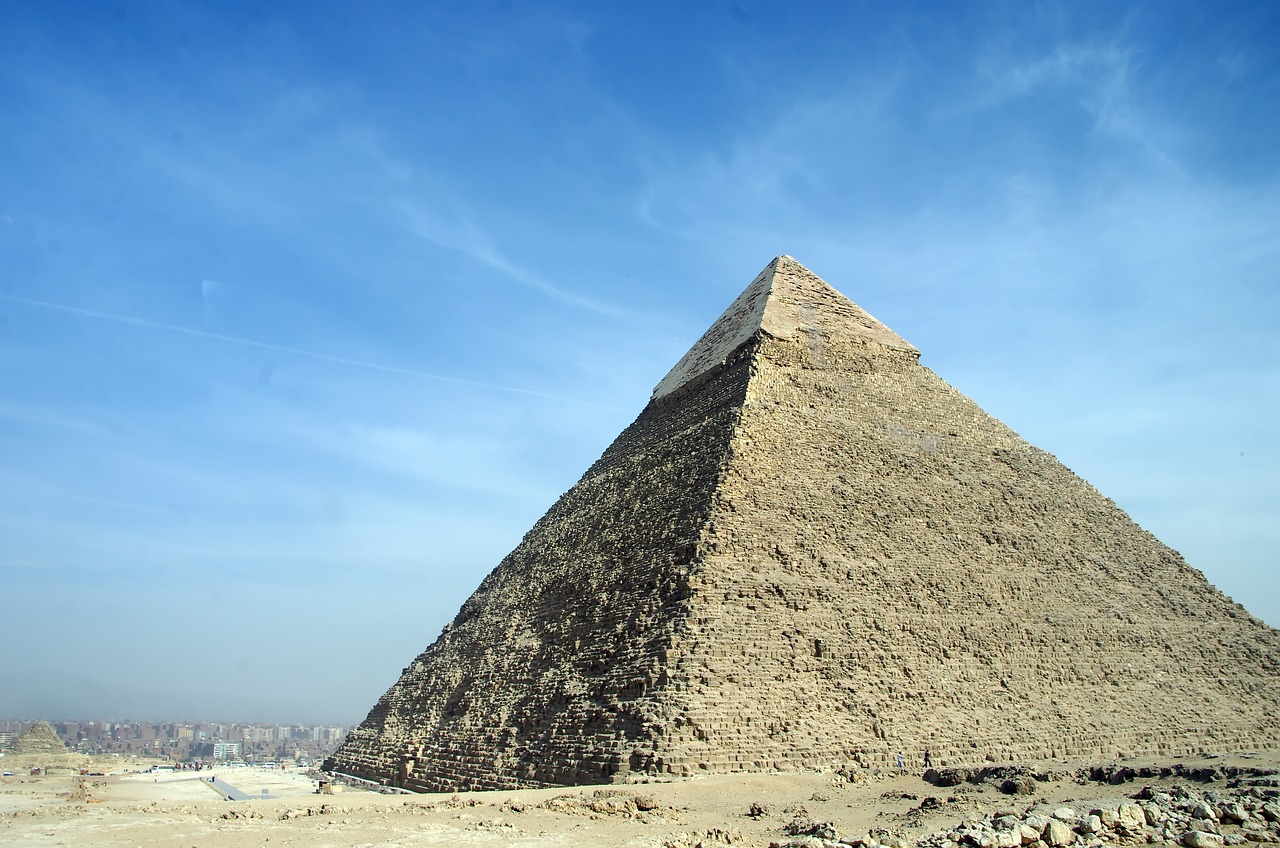
Maya Civilization Legacy
The Maya civilization, known for its remarkable legacy, continues to fascinate and inspire people worldwide. From their advancements in art to their sophisticated understanding of mathematics and astronomy, the Maya left an indelible mark on history. Their intricate hieroglyphic writing system, known as glyphs, is a testament to their intellectual prowess and artistic expression. The Maya's architectural achievements, including towering pyramids and intricate temples, showcase their engineering skills and spiritual beliefs.
One of the most enduring legacies of the Maya civilization is their agricultural practices. The Maya were pioneers in cultivating maize, beans, squash, and other crops, developing sustainable farming techniques that are still relevant today. Their complex understanding of the natural world and the importance of agriculture in sustaining their society have influenced modern farming practices and environmental awareness.
Moreover, the Maya's rich cultural heritage is preserved and celebrated through various means, such as traditional ceremonies, artwork, and festivals. The intricate pottery, vibrant textiles, and elaborate murals found in Maya archaeological sites provide a glimpse into their artistic sophistication and cultural values. The Maya's reverence for nature, reflected in their artwork and religious beliefs, resonates with contemporary efforts towards environmental conservation and sustainability.
Despite the passage of centuries, the Maya civilization's legacy endures, serving as a source of inspiration for artists, historians, and cultural enthusiasts alike. Their intricate calendar system, complex hieroglyphic writing, and architectural marvels continue to captivate the imagination and spark curiosity about this ancient civilization's achievements and contributions to humanity.
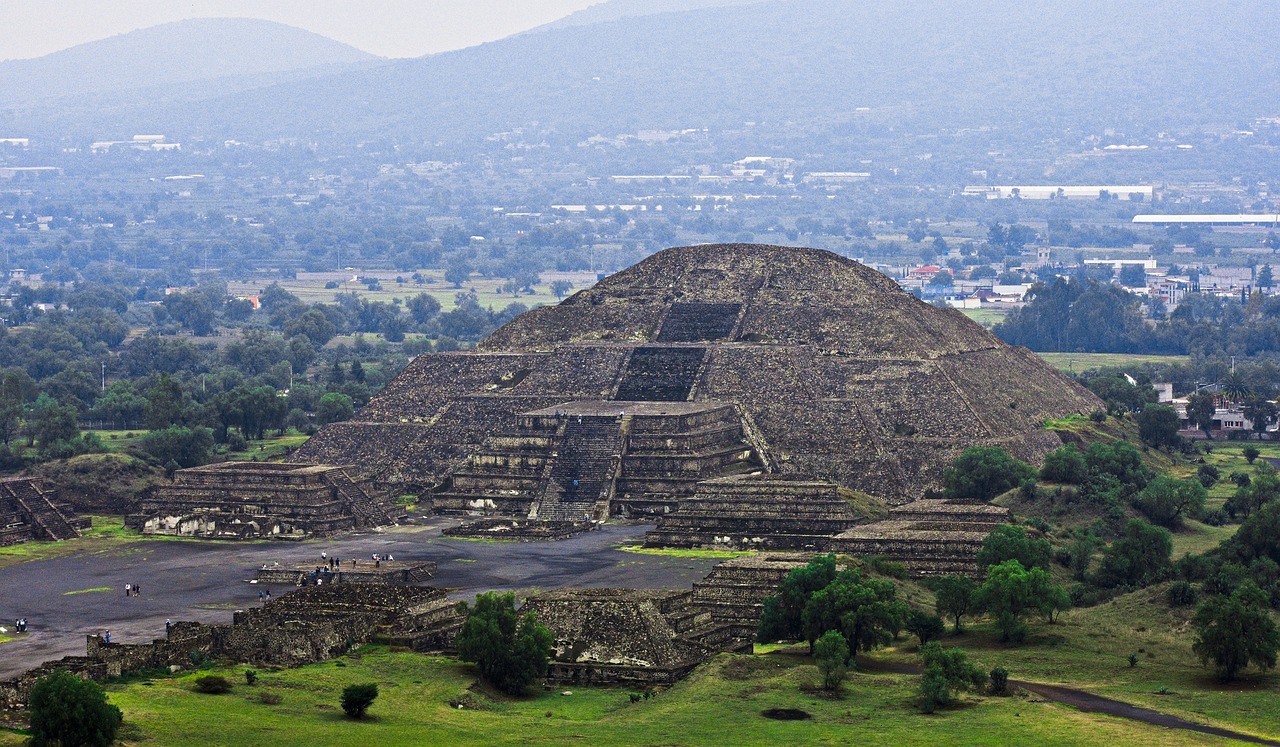
Aztec Cultural Contributions
The Aztec civilization made significant cultural contributions that continue to influence various aspects of modern society. Their architectural achievements, religious practices, warfare strategies, and agricultural innovations have left a lasting impact on the world. One of the most notable contributions of the Aztecs is their intricate and awe-inspiring architecture, characterized by massive pyramids, intricate temples, and elaborate palaces. These structures not only served as religious centers but also showcased the advanced engineering skills of the Aztec people.
In addition to their architectural feats, the Aztecs were known for their complex religious beliefs and practices. Central to their religion was the worship of a pantheon of gods, with each deity representing different aspects of life and nature. The Aztecs conducted elaborate rituals and ceremonies to honor these gods, often involving offerings of food, animals, and even human sacrifices. These religious traditions have influenced various spiritual practices and beliefs that exist today.
Furthermore, the Aztecs were formidable warriors who employed sophisticated warfare tactics and strategies. They built a powerful empire through military conquests and alliances, expanding their influence across Mesoamerica. The Aztec military prowess and organizational skills have left a mark on military history and continue to be studied by scholars and historians.
Moreover, the Aztecs were skilled agriculturalists who developed innovative farming techniques to sustain their growing population. They cultivated crops such as maize, beans, and squash, implementing irrigation systems and terraced farming to maximize agricultural output. These agricultural practices not only supported the Aztec civilization but also influenced farming methods in other parts of the world.
In conclusion, the Aztec cultural contributions encompass a wide range of achievements in architecture, religion, warfare, and agriculture that have shaped modern culture and society. By understanding and appreciating the legacy of the Aztec civilization, we can gain valuable insights into the complexities and richness of Mesoamerican history and heritage.

Olmec Art and Iconography
The Olmec civilization, often regarded as the "Mother Culture" of Mesoamerica, made significant contributions to art and iconography that continue to captivate and inspire people today. One of the most iconic artistic achievements of the Olmec is the creation of colossal heads, massive stone sculptures depicting powerful rulers with distinct facial features and headdresses. These colossal heads not only showcase the Olmec's advanced sculptural techniques but also serve as a representation of their political and religious ideologies.
In addition to the colossal heads, the Olmec civilization produced exquisite jade artifacts, demonstrating their mastery of working with this precious stone. Jade was highly valued by the Olmec and was used to create intricate figurines, jewelry, and ceremonial objects. The intricate designs and craftsmanship of these jade artifacts reflect the Olmec's sophisticated artistic skills and their reverence for spiritual and symbolic meanings.
Furthermore, the Olmec's complex religious beliefs and mythological narratives are reflected in their art and iconography. Symbols such as the jaguar, serpent, and were-jaguar are prevalent in Olmec art, representing important deities and mythological beings in their cosmology. These symbolic representations not only served as artistic expressions but also played a significant role in conveying spiritual and religious beliefs within the Olmec society.
The legacy of Olmec art and iconography extends beyond their civilization, influencing subsequent Mesoamerican cultures such as the Maya and Aztec. The Olmec's artistic achievements and symbolic representations have left a lasting impact on Mesoamerican culture, shaping the artistic traditions and iconography of future civilizations in the region.

Mesoamerican Mythology and Religion
Mesoamerican Mythology and Religion hold a profound significance in the cultural tapestry of ancient Mesoamerican civilizations. These societies, including the Maya, Aztec, and Olmec, developed intricate mythological narratives, revered powerful deities, and practiced elaborate rituals that shaped their worldview and societal structure.
The belief systems of Mesoamerican cultures were deeply intertwined with nature, celestial bodies, and the cyclical rhythms of life. Deities representing elements such as the sun, moon, rain, and fertility played vital roles in religious ceremonies and daily life, reflecting the close connection between humans and the natural world.
Ritual practices, such as bloodletting, human sacrifice, and ceremonial offerings, were central to Mesoamerican religious traditions, symbolizing the reciprocal relationship between humanity and the divine. These rituals were believed to maintain cosmic balance, ensure agricultural abundance, and honor the gods.
The mythologies of ancient Mesoamerican civilizations were rich with epic tales of creation, heroic feats, and supernatural beings. Stories of gods descending to the underworld, celestial battles, and the creation of the universe provided explanations for the mysteries of existence and served as moral guides for the people.
Complex cosmological beliefs influenced Mesoamerican architecture, art, and calendar systems. Temples, pyramids, and sacred sites were constructed in alignment with astronomical events and served as portals to the divine realms. Artifacts adorned with symbolic motifs and hieroglyphs conveyed spiritual messages and historical narratives.
The legacy of Mesoamerican mythology and religion continues to resonate in contemporary culture through art, literature, and spiritual practices. The enduring influence of these ancient belief systems reminds us of the profound wisdom and creativity of the indigenous peoples of Mesoamerica.
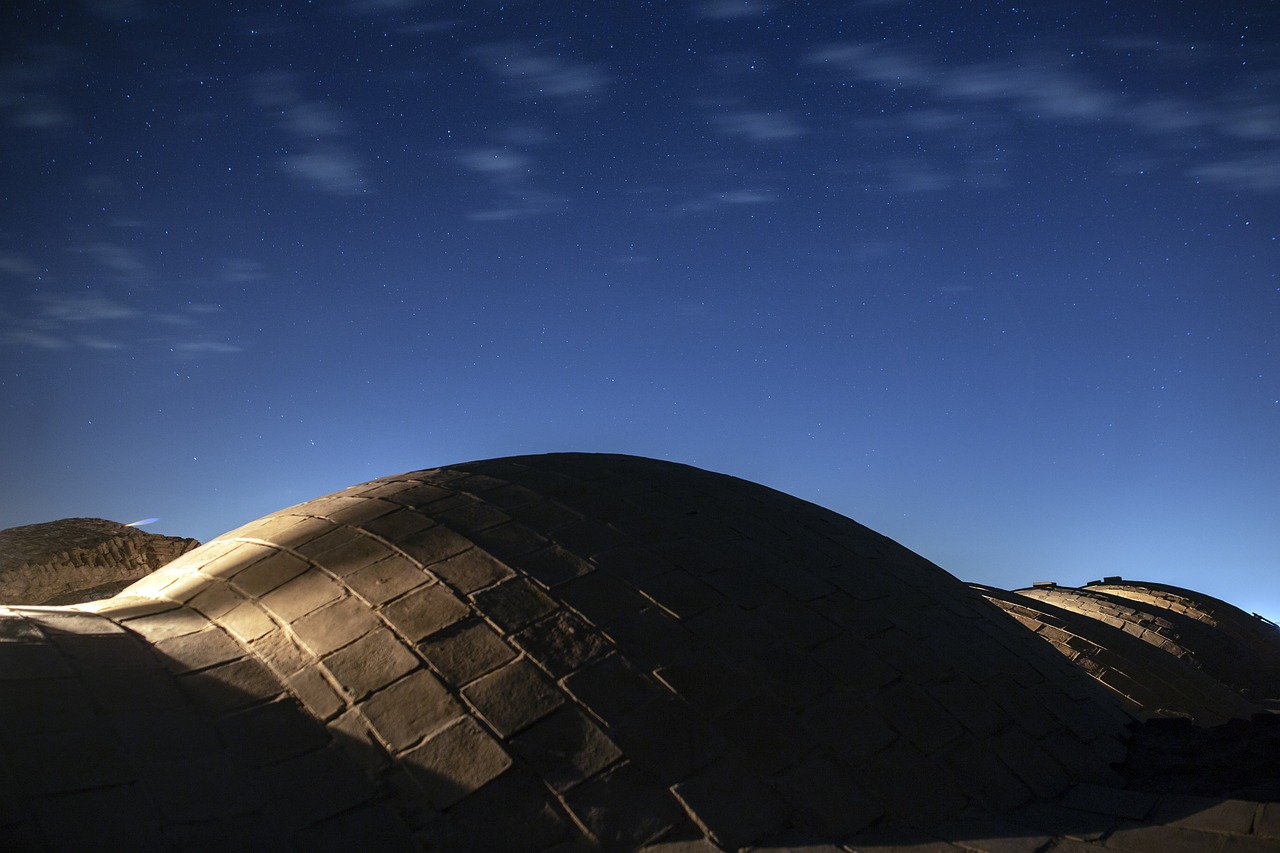
Mesoamerican Architectural Marvels
Mesoamerican Architectural Marvels showcase the ingenuity and advanced engineering skills of ancient civilizations like the Maya, Aztec, and Olmec. These architectural wonders not only served practical purposes but also held profound cultural and religious significance. The iconic pyramids, such as the Pyramid of the Sun in Teotihuacan, stand as testaments to their builders' astronomical knowledge and spiritual beliefs. These structures were meticulously aligned with celestial events, reflecting the Mesoamerican's deep connection to the cosmos.
Moreover, the ball courts found in many Mesoamerican cities were not just sports arenas but also sites for ritualistic games with symbolic meanings related to cosmology and life-and-death cycles. The intricate carvings and sculptures adorning these structures tell stories of creation myths, deities, and historical events, providing valuable insights into the worldview of these ancient societies.
One remarkable architectural feature of Mesoamerican cities is the layout of ceremonial centers, meticulously planned and designed to harmonize with the surrounding environment. The deliberate placement of temples, plazas, and pyramids created a sacred landscape that embodied their cosmological beliefs, with each structure serving a specific ceremonial or religious purpose.
The use of intricate decorative elements, such as colorful murals, intricate stonework, and symbolic motifs, not only added aesthetic beauty to the architecture but also conveyed profound cultural meanings. The elaborate designs found in Mesoamerican buildings reflected their complex social hierarchies, religious beliefs, and historical narratives, serving as visual expressions of their identity and worldview.
Overall, Mesoamerican Architectural Marvels stand as enduring testaments to the creativity, spiritual depth, and technological prowess of ancient civilizations that continue to captivate and inspire people around the world.
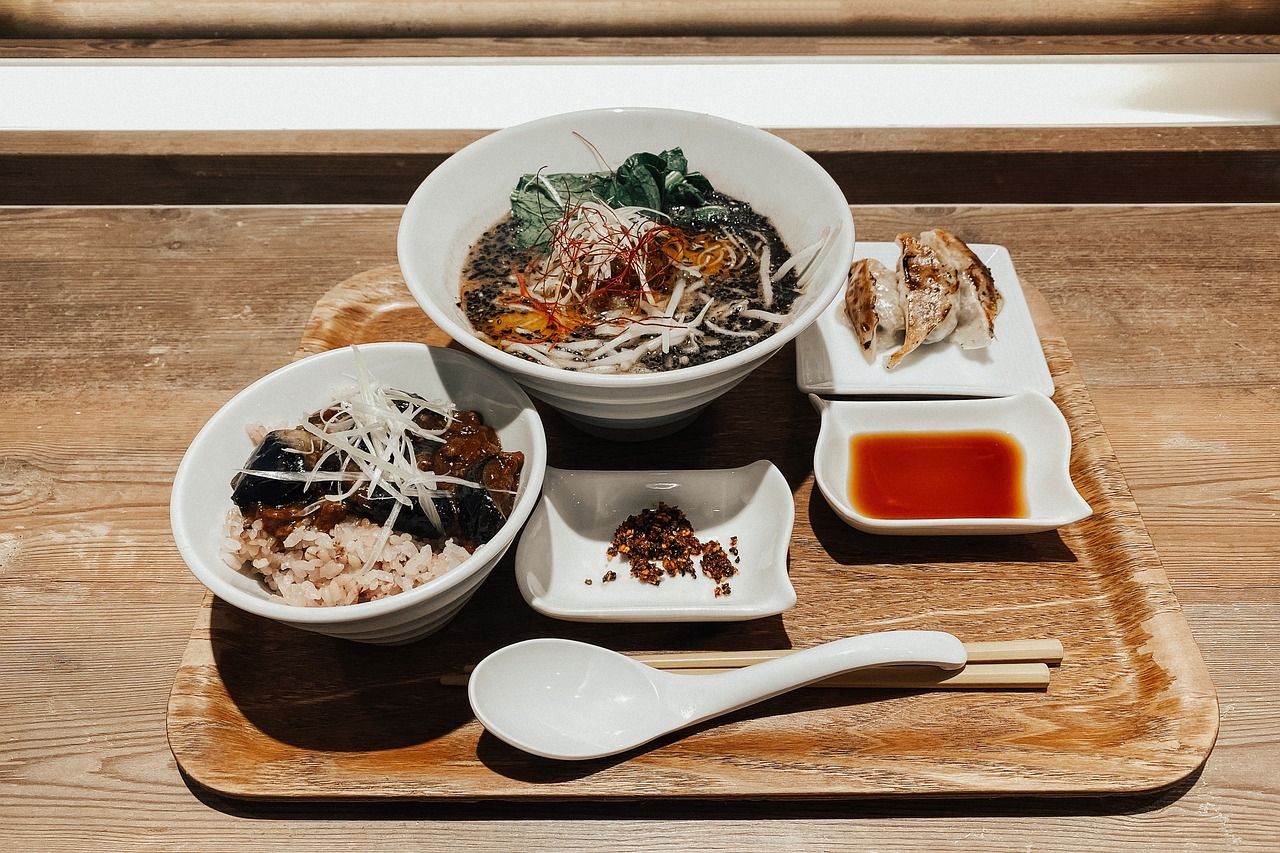
Mesoamerican Culinary Traditions
Mesoamerican culinary traditions are deeply rooted in the rich history and diverse landscapes of the region, with a focus on staple foods that have shaped global cuisine. One of the most iconic ingredients in Mesoamerican cooking is maize, or corn, which was not only a dietary staple but also held significant cultural and religious importance. The cultivation and consumption of maize date back thousands of years, showcasing the agricultural ingenuity of ancient civilizations like the Maya and Aztec.
Another essential component of Mesoamerican cuisine is chocolate, derived from the cacao bean. The Maya and Aztec civilizations revered chocolate as a sacred elixir, consumed in ceremonial rituals and as a luxurious treat for nobility. Today, chocolate remains a beloved indulgence worldwide, with Mesoamerican roots influencing the production and enjoyment of this decadent delicacy.
Chili peppers are another hallmark of Mesoamerican culinary traditions, adding heat and depth of flavor to dishes. Varieties of chili peppers were cultivated and used in cooking by ancient civilizations, contributing to the vibrant and spicy flavors that define Mesoamerican cuisine. The Aztec people, in particular, incorporated chili peppers into a wide range of dishes, showcasing their culinary creativity and bold palate.
Additionally, Mesoamerican cultures embraced a variety of other indigenous ingredients that have become integral to global gastronomy. Foods such as tomatoes, avocados, squash, beans, and amaranth were cultivated and consumed by ancient civilizations, showcasing the agricultural diversity and culinary innovation of the region. The fusion of these ingredients in traditional Mesoamerican recipes continues to inspire chefs and food enthusiasts worldwide.

Mesoamerican Artistic Expressions
Mesoamerican Artistic Expressions encompass a wide array of creative endeavors that reflect the diverse cultures and beliefs of ancient Mesoamerican societies. From intricate pottery adorned with symbolic motifs to elaborate murals depicting mythological narratives, artistic expressions in Mesoamerica were highly sophisticated and deeply rooted in spiritual and cultural significance.
One of the most iconic forms of Mesoamerican art is the intricate jade artifacts crafted by skilled artisans. These precious objects, often depicting deities or mythological creatures, showcase the mastery of craftsmanship and the reverence for spiritual beliefs. The use of jade, a highly valued stone, highlights the importance of these objects in religious ceremonies and rituals.
Additionally, Mesoamerican cultures were known for their elaborate sculptures, particularly the colossal stone heads created by the Olmec civilization. These monumental sculptures, carved from basalt rock, serve as a testament to the artistic prowess and cultural sophistication of the Olmec people. The colossal heads, with their distinct features and enigmatic expressions, continue to captivate viewers with their enigmatic beauty.
Textiles also played a significant role in Mesoamerican artistic expressions, with intricate designs and vibrant colors reflecting the rich cultural tapestry of the region. From finely woven garments to elaborate ceremonial textiles, Mesoamerican weavers demonstrated a deep understanding of color symbolism and intricate patterns, creating pieces that were both functional and aesthetically pleasing.
Moreover, the vibrant murals found in Mesoamerican archaeological sites offer a glimpse into the daily lives, religious practices, and mythological beliefs of ancient civilizations. These elaborate wall paintings, often depicting scenes of ritual ceremonies, battles, and deities, provide valuable insights into the cultural and spiritual worldviews of Mesoamerican societies.
In contemporary art, the influence of Mesoamerican artistic expressions can be seen in the use of symbolic motifs, intricate patterns, and vibrant colors that pay homage to the rich heritage of the region. Artists continue to draw inspiration from Mesoamerican traditions, incorporating elements of ancient art forms into modern interpretations that resonate with audiences around the world.
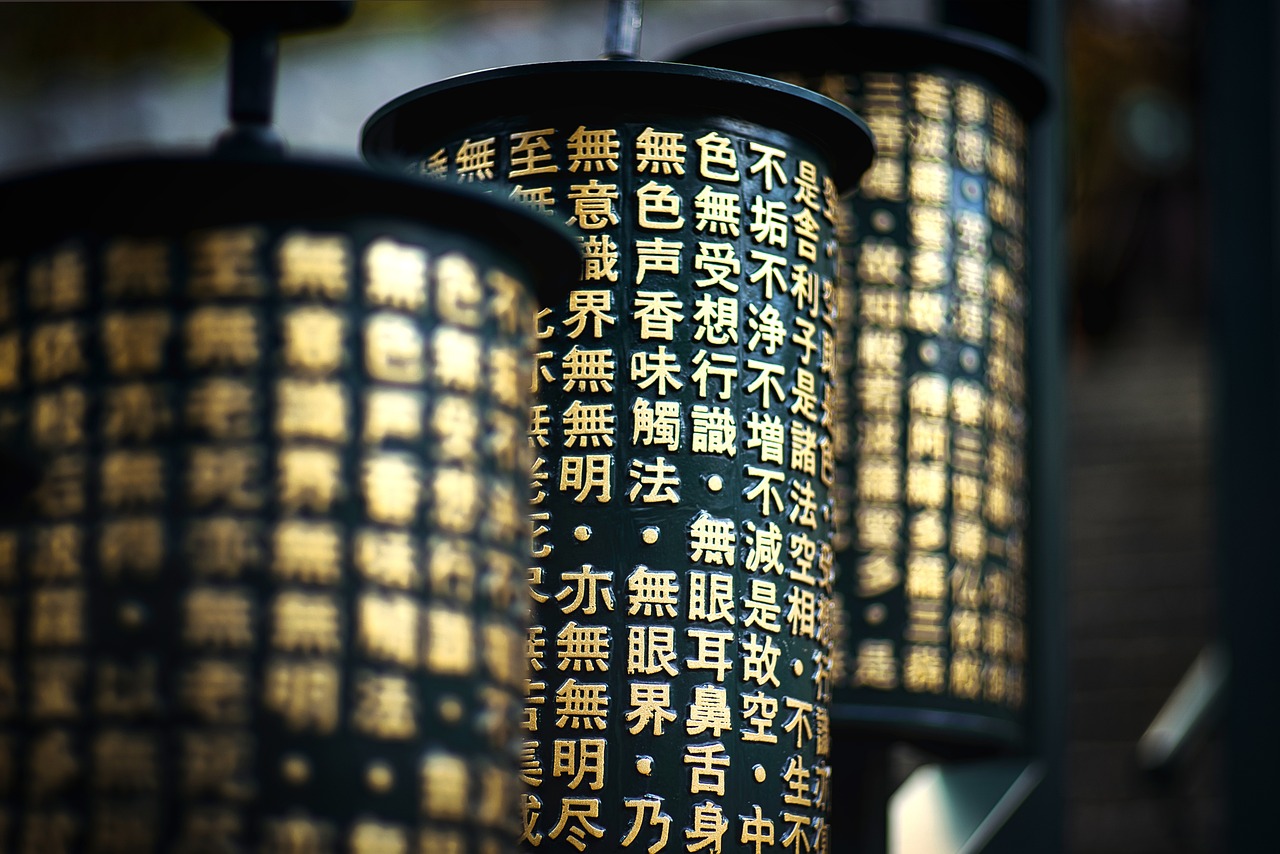
Mesoamerican Cultural Revival
One of the most fascinating aspects of ancient Mesoamerican civilizations is the ongoing cultural revival that aims to preserve and celebrate the rich heritage of these ancient cultures for future generations. This revival encompasses various elements of Mesoamerican traditions, languages, music, dance, and festivals, all of which play a crucial role in keeping the spirit of these civilizations alive in the modern world.
Through festivals and cultural events, communities come together to honor the traditions of their ancestors, showcasing vibrant dances, traditional music, and elaborate costumes that reflect the diverse cultural tapestry of Mesoamerica. These celebrations serve as a powerful reminder of the resilience and creativity of ancient Mesoamerican societies.
Efforts to revive indigenous languages are also a key component of the cultural revival movement. Language is not just a means of communication but a repository of history, beliefs, and cultural practices. By preserving and revitalizing indigenous languages, communities are able to maintain a direct link to their ancestral roots and ensure that future generations can continue to engage with their cultural heritage.
Furthermore, initiatives focused on traditional crafts such as pottery, weaving, and sculpture are helping to sustain ancient artistic techniques and styles. Artisans draw inspiration from the designs and motifs of their Mesoamerican predecessors, infusing contemporary creations with a sense of continuity and reverence for the past.
Education also plays a vital role in the cultural revival efforts, with schools and cultural institutions incorporating Mesoamerican history and traditions into their curricula. By teaching the younger generation about the achievements and wisdom of their ancestors, educators are fostering a sense of pride and respect for Mesoamerican heritage.
Frequently Asked Questions
- What is the significance of ancient Mesoamerican civilizations in modern culture?
Ancient Mesoamerican civilizations, such as the Maya, Aztec, and Olmec, have had a profound influence on modern culture, art, architecture, cuisine, and beliefs. Their legacies continue to shape various aspects of society around the world.
- How did the Maya civilization contribute to art and mathematics?
The Maya civilization made significant contributions to art, mathematics, astronomy, and agricultural practices. Their intricate artwork and advanced mathematical systems are still studied and admired today for their complexity and innovation.
- What are some notable cultural contributions of the Aztec civilization?
The Aztec civilization is known for its contributions to architecture, religion, warfare, and agriculture. Their architectural marvels, religious practices, and agricultural techniques have left a lasting impact on contemporary society.
- What are some iconic symbols of the Olmec civilization?
The Olmec civilization is renowned for its artistic achievements, including colossal heads, jade artifacts, and complex religious beliefs. These iconic symbols have become emblematic of Mesoamerican culture and heritage.
- How have Mesoamerican culinary traditions influenced global cuisine?
Mesoamerican civilizations cultivated staple foods such as maize, chocolate, and chili peppers, which have become integral to global cuisine. Their culinary heritage continues to shape the flavors and ingredients used in modern cooking.



















